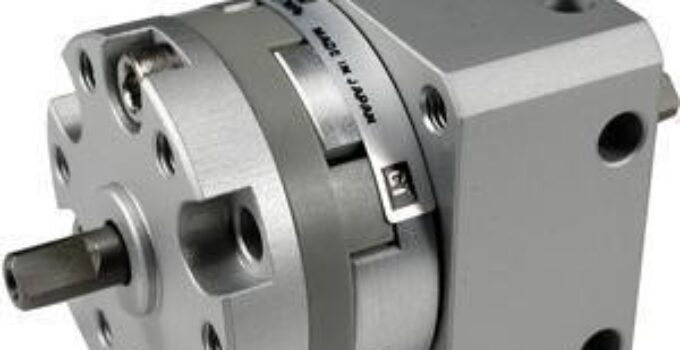Rotary actuators are widespread in the mechanical industry today. It is amazing to have a device that can provide a force to propel another mechanical device. Rotary actuators are pneumatic or hydraulic equivalents of electric motors. They are purely mechanical and equal to the same task with an electric motor.
The types of actuators depending on the source of its force. The force of an actuator can be from 3 sources which are the hydraulic pressure, pneumatic pressure, or electric. So, these sources determine the types of actuators. There are hydraulic actuator, pneumatic actuator, and the electric actuator.
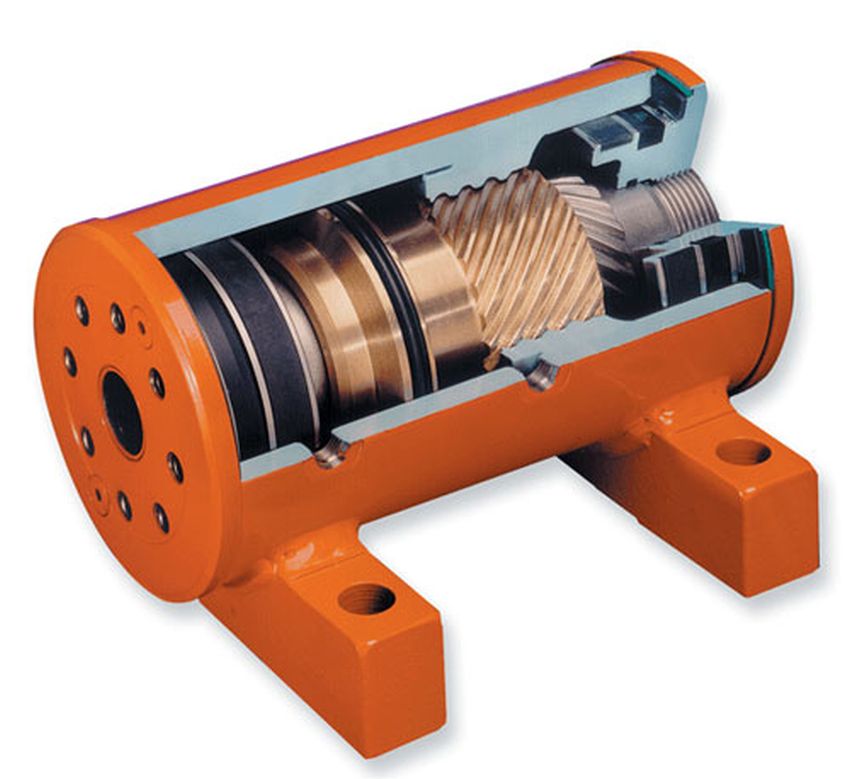
source:mobilehydraulictips.com
Rotary actuators are efficient mechanical tools. Although they are compact, they can generate high instantaneous torque. The efficiency and ability of rotary actuators to produce high torque made them widely used in the control system and heavy-duty mobile, machine, aerospace, and marine applications. They serve as a perfect tool for lifting, clamping, indexing, bending, steering applications, mixing, testing, and others.
Rotary actuators are attached directly to a rotating load with which it can provide good control for acceleration, deceleration, positioning, smooth reversals, and operating speed. They permit flexibility in design and reduce the bulk and weight of power transmission mechanically and electrically. Rotary actuators are usually fully enclosed, so they are protected from moisture, dirt, and dust. They can also withstand harsh conditions.
Page Contents
Types of rotary actuators
The major types of rotary actuators manufactured by Intellidrives are vane, helical, and rack-and-pinion designs.
Vane actuators
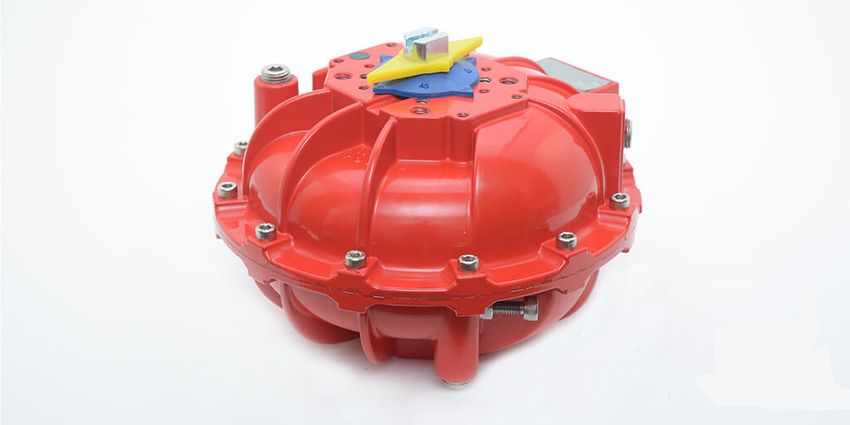
source:valveman.com
Vane actuators are a perfect type of rotary actuators for applications that require extremely high endurance, high rotary speed, and a need for control of movement without stressing so much about the position of the load. The vane comes in a compact size which makes it good for applications requiring harmonic motion, high speed, positioning, and oscillating motion. They are also used in robotics, handling containers, and tool machining.
There is the single vane actuators and double vane actuators. In a single vane actuator, the vane is attached to a shaft in the center of the cylinder house which has two chambers. The double vane actuators generate two times the torque and half the rotation of single-game actuators. In a double vane actuator, the canes work together to balance the load going on your rotary actuator.
The mechanical efficiency of the vane actuator range from 80-95% and the vane actuator transmits torque to 700,000 IB-in.
Helical actuators
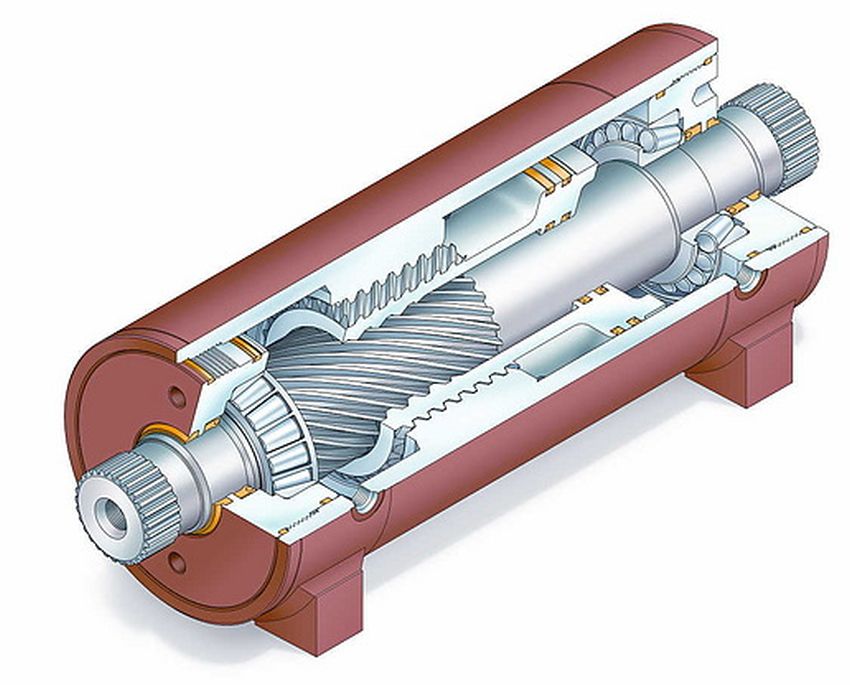
source:valveman.com
These rotary actuators convert linear rotation to a rotational movement with multiple helical gears in the system. The helical actuator is applied for head rotation, wheel steering in harvesters, and boom positioning. The military, marine, mining industry, construction and energy industries, and valve operations will benefit a lot from the use of helical rotary actuators.
When the helical actuator is used in a clockwise and counterclockwise rotation, they both give the same torque. The average efficiency of the helical actuator is 70%.
Rack-and-pinion actuators
These actuators are the best to achieve the highest torque. They allow for a range of movement and are great where there is restricted axial direction. This rotary actuator type demands a considerably large dimension to transfer torques of two equal sizes. They are particularly great for heavy-duty applications as they tolerate end loads and the heavy side that can accommodate large bearings. The constant torque output and resistance to drift are used for precision control.
Rack-and-pinion actuators have zero internal leakage, enclosed moving parts, and low shock resistance.
Some other types of hydraulic rotary actors are; enclosed piston-crank, bladder designs, and scotch-yoke. The enclosed piston design comes with an adjustable stroke for rotation up to 110 degrees. The scotch-yoke actuators have two pistons connected by a common rod. This actuator type is useful for application where you have a high breaking torque to propel the load. The bladder design features a pair of rubber bladders to produce the driving force.
Application of Rotary actuators
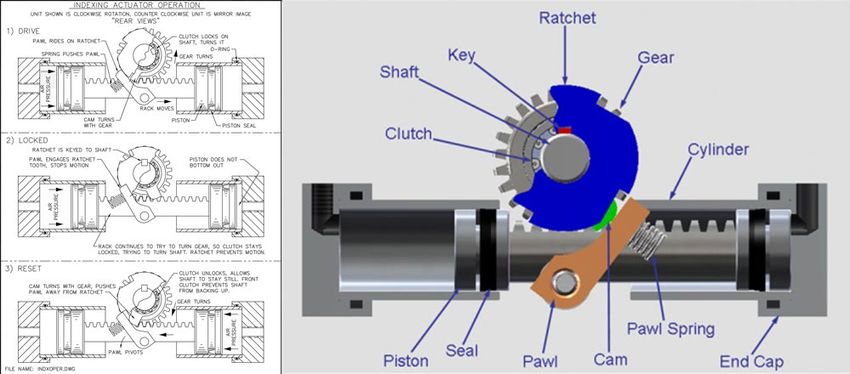
source:rg-group.com
Rotary actuators can be used for a wide range of applications. Actuators are used widely in all sizes, operating speed, and power. Zero power actuators are commonly used as display devices (e.g air-core gauge).
Rotary actuators are useful for processing valves in the photochemical industry and pipeline operations. They are also used in civil engineering projects e.g car wipers.

